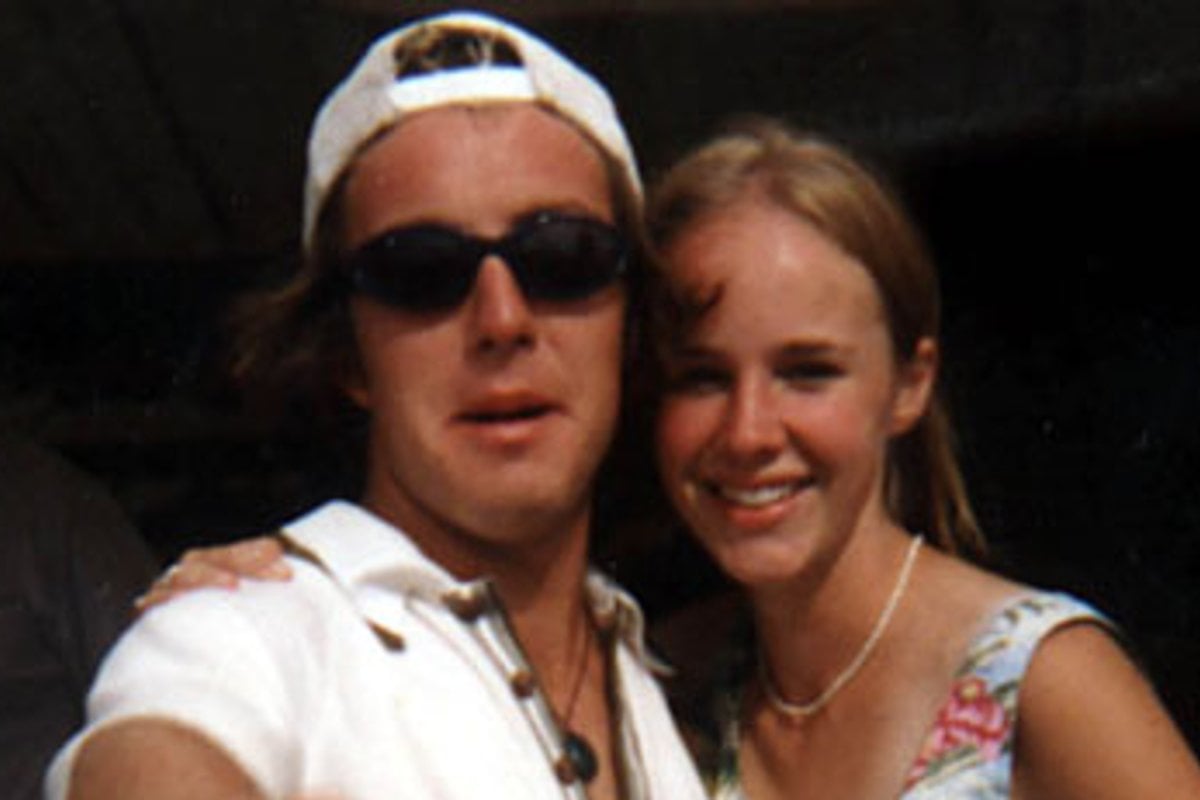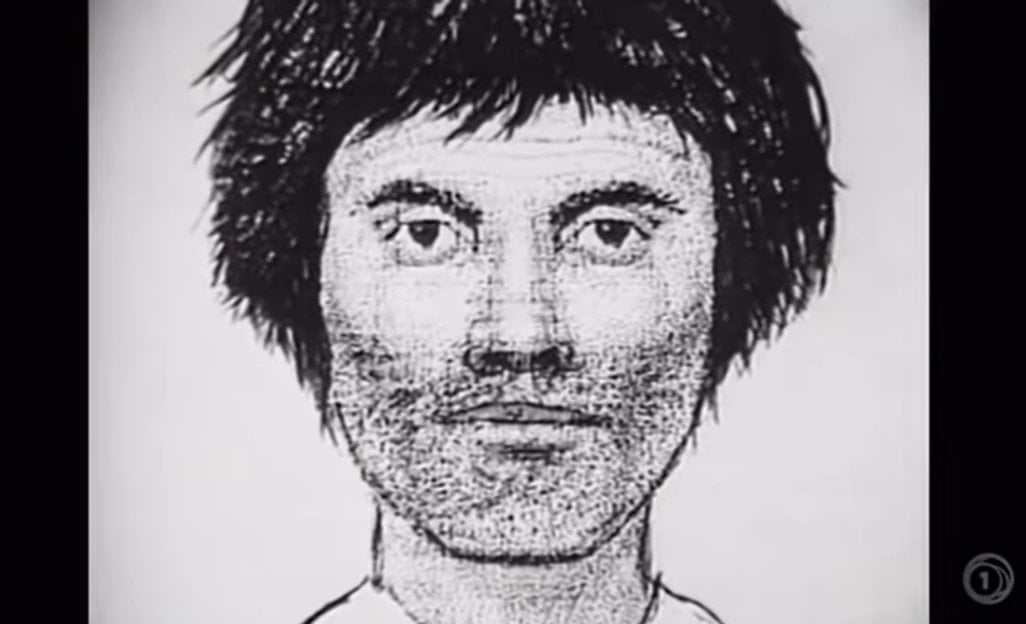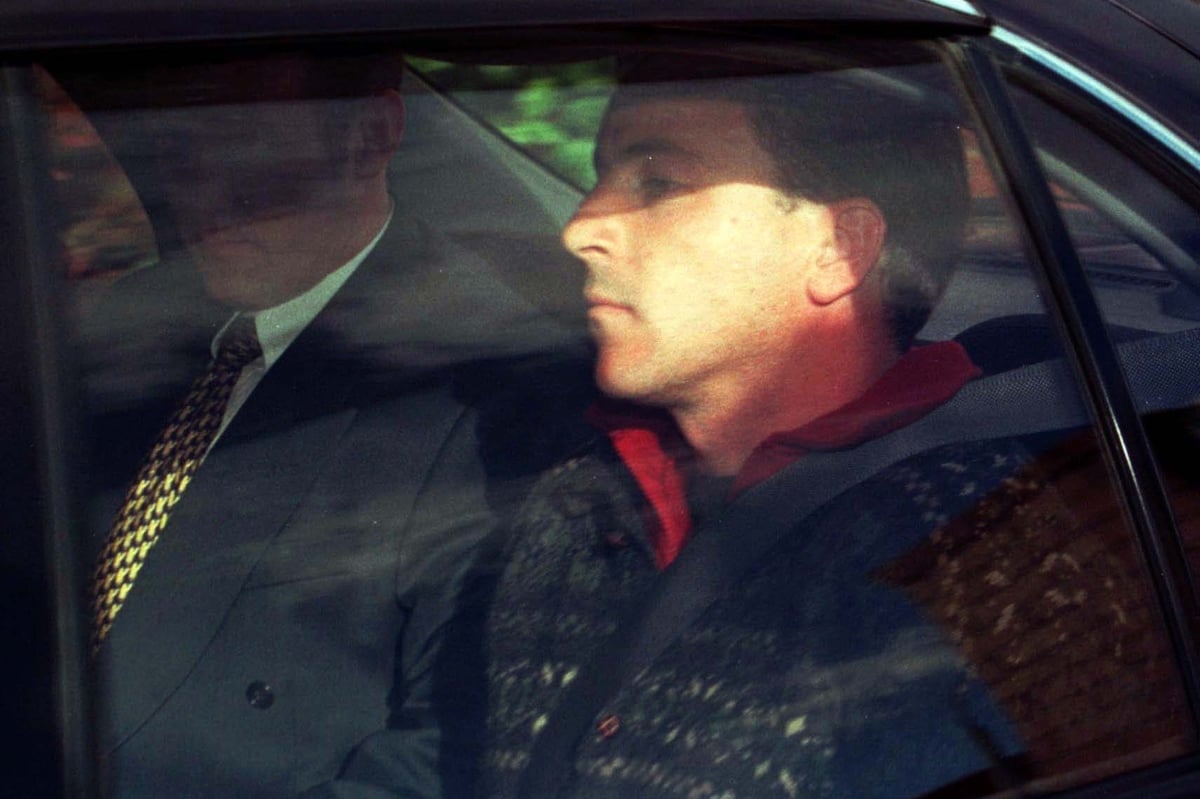
It was the early hours of News Year's Day 1998, when Olivia Hope and Ben Smart climbed onto a stranger's boat.
It would be the last moment the two friends were ever seen alive.
A moment that would be re-examined over and over again, in one of the most high-profile and hotly contested murder investigations New Zealand has ever seen.
The night before, 17-year-old Olivia and 21-year-old Ben had been bringing in the New Year at Furneaux Lodge in The Marlborough Sounds, a holiday spot on the northern end of New Zealand’s south island.
The two friends were one of over 15000 people who partied at the lodge, which was only accessible by boat.
Listen: to this week's True Crime Conversations delve into the case. Post continues.
After the clock struck midnight and the party started to wind down, Olivia and Ben decided to head to bed, making their way to a chartered yacht called the Tamarack, which Olivia, her older sister and friends had booked.
But when they arrived on the Tamarack, they discovered their beds had been taken by "freeloaders".
In search of somewhere to sleep, they decided they would head back to the mainland.
The pair boarded a water taxi which arrived at the Tamarack to drop off Olivia's sister, Hope, and a friend, Rick Goddard, who had been partying back on the mainland.
On board was a couple and a 'mystery man'.

